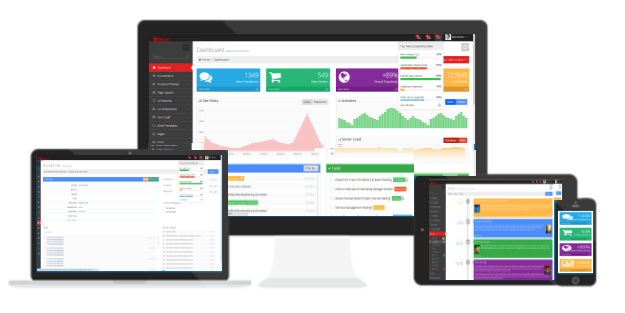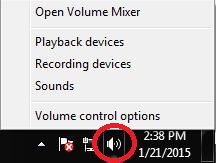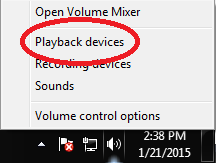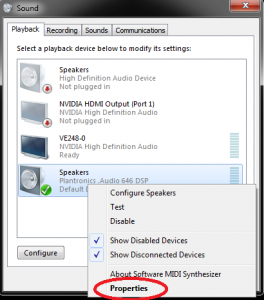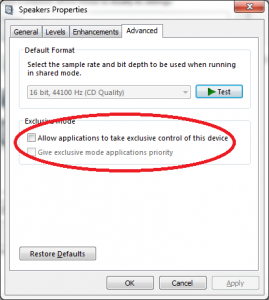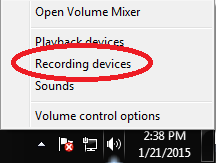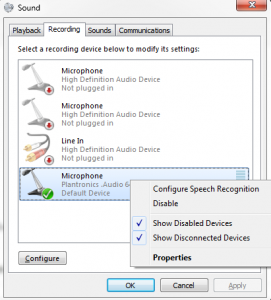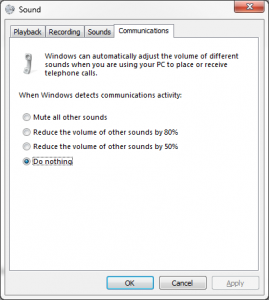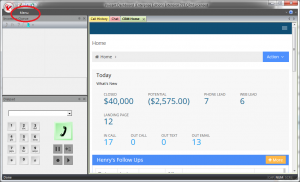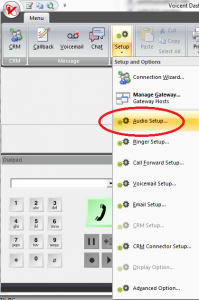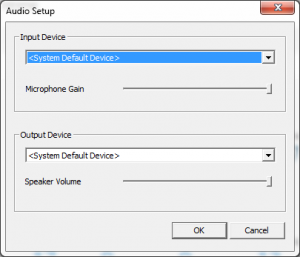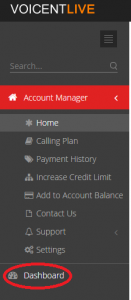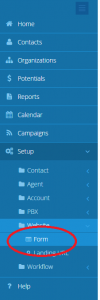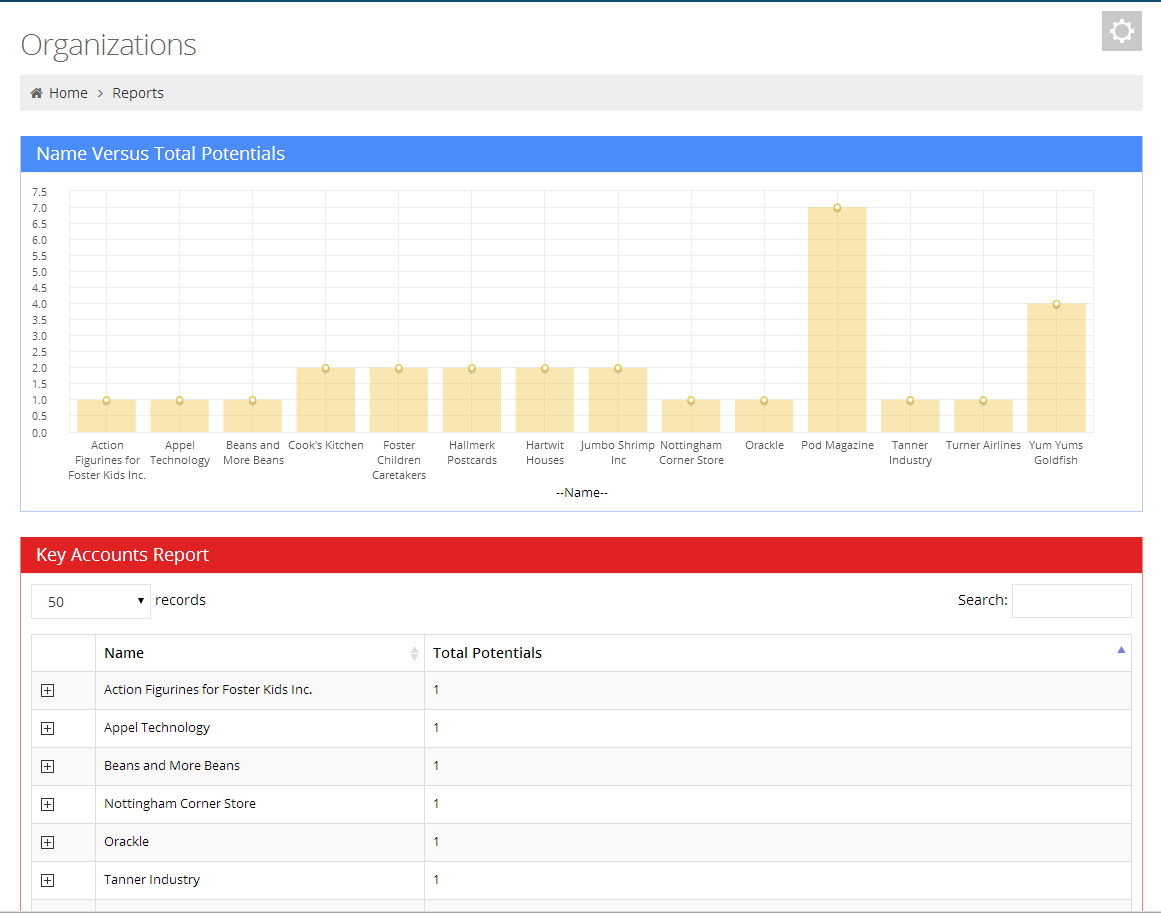Customer Relationship Management is about more than just contact lists or managing databases of customer records.
It’s unfortunately common for companies and employees to fail to make the best of their CRM systems, leading to wasted time and possibly lost sales opportunities. By making full use of your CRM’s features your agents are that much more likely to become more productive and generate more sales for your company.
Take this scenario: a lead calls in and a record is automatically created. During the call, the agent inputs all the relevant information possible into the contact’s CRM record. Depending on the lead’s actions and interest, the record can be categorized according to your company’s lead scoring system. This categorization can determine the next step for this record,
This does require a lead scoring system to be in place to begin with. Preparation and education are important aspects of getting the most out of your CRM system.
These aren’t necessarily the kind of things most people think of when they think of CRM. Yet modern CRM systems are able help with this, cutting down on time devoted to busy work and increasing the time available for your agents to build relationships with customers.
Order management can also benefit from being integrated with CRM. The paperwork associated with a typical order is repetitious and can be time consuming. Rather than enter the customer’s name and address five times on different form, the information can be put in once on CRM enabled forms and the CRM system takes care of entering it in the proper blanks.
Delivery and fulfillment is often a time-consuming process that lies outside the sale’s staff’s area of competency. Yet the sales person is the customer’s point of contact with the company and sales often finds itself running interference between shipping, delivery, and other departs because of problems in the ordering process.
An active CRM system can help here by tracking prospects through the entire sales process. This reduces the load on the sales people, helps eliminate mistakes and improves agent performance.
Technically, of course, this isn’t the sales person’s job. But because the sales person is the one who has had the most contact with the customer, the sales person all too often assumes the point position on any problems with the order. In the interests of improved customer experience, it is a big help if the sales person can handle the problem.
Here again, the 360-degree view of the customer presented by the CRM system is invaluable. The information in the CRM system can show the status of the order, its progress through the system, and give information on any exceptions to the order.
Sales floor agents are often reluctant when it comes to dealing with sales reports. Management needs them to help control the sales process and keep informed on what’s going on but they take valuable time from agents that could be spent on talking with prospects and customers.
Within Voicent Live, various kinds of reports can easily be generated by anyone with access. Senior agents or managers can view detailed reports at any time within seconds, instead of worrying about manually compiling and extracting information from old-fashioned CRM systems.
